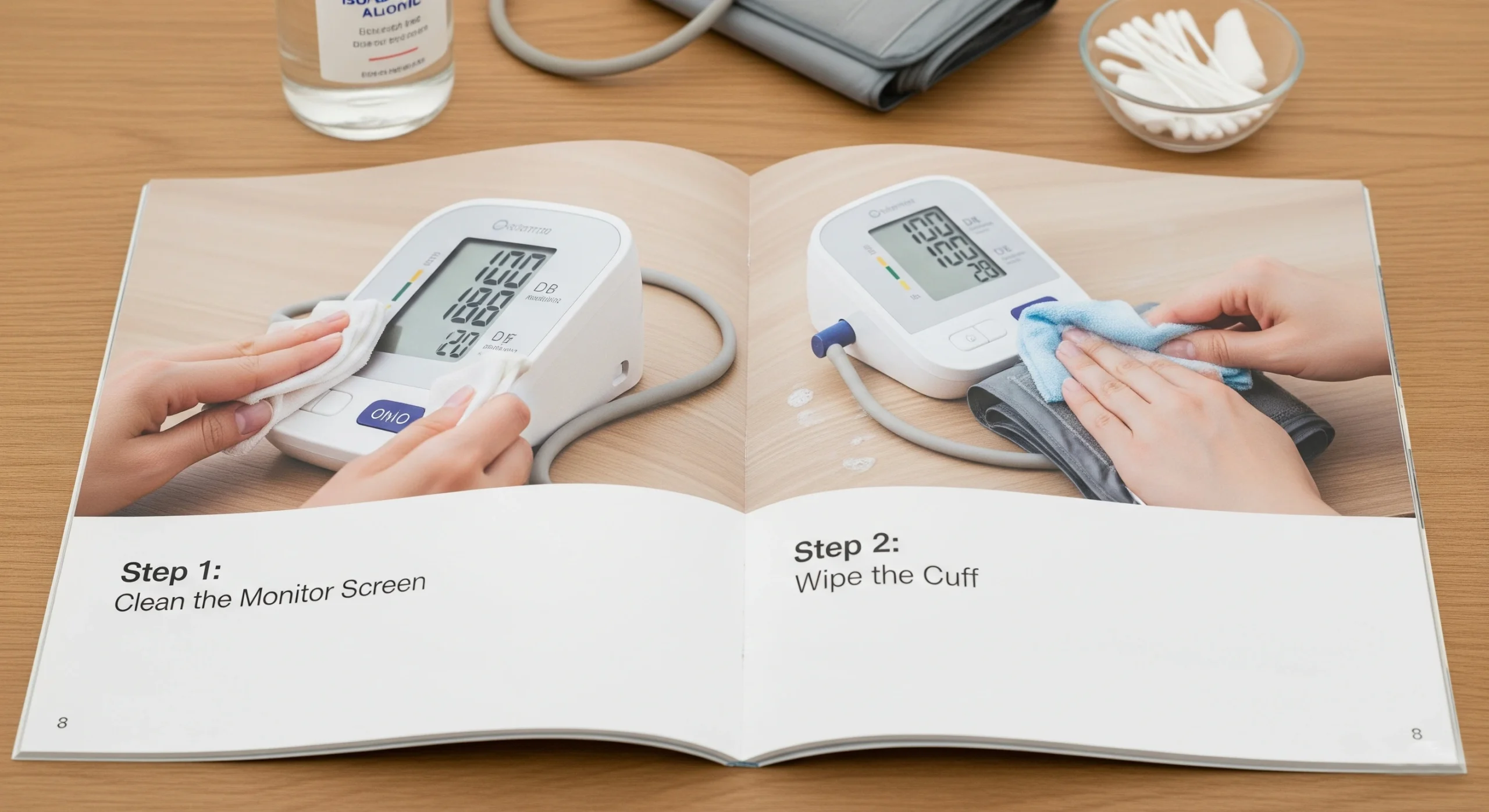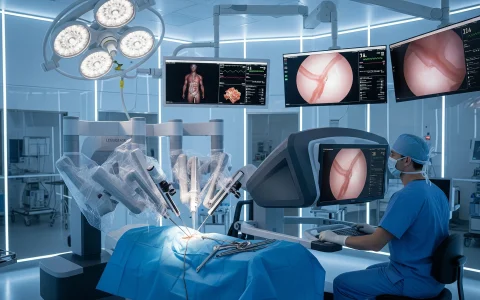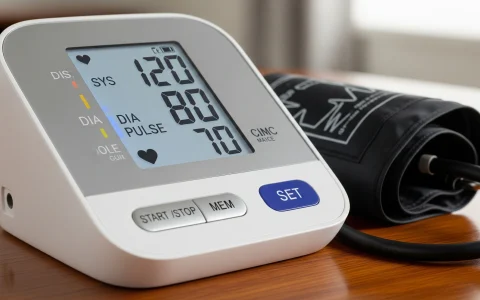Complete Guide to Modern Home Medical Device Maintenance for Longevity and Accuracy

Introduction
Modern medical devices are increasingly found in homes, especially since the pandemic. From digital blood pressure monitors and oximeters to infrared thermometers, these devices are essential for daily health monitoring. However, many people forget that these tools also require proper care and maintenance.
This article covers in detail how to maintain various home medical devices—from storage and cleaning to calibration—to ensure they remain accurate, hygienic, and durable.
Why Proper Maintenance of Medical Devices Matters
- ❌ Inaccurate measurement results
- ❌ Early damage (total failure or errors)
- ❌ Potential spread of germs or viruses
- ❌ Failure to detect important health conditions
Properly maintained devices:
- ✅ Provide accurate and consistent readings
- ✅ Last for years
- ✅ Are more hygienic and safe for family use
Types of Medical Devices and How to Maintain Them
1. Digital Blood Pressure Monitor
Common issues: Error codes (E1, E3), no pulse reading, drastic reading fluctuations.
Maintenance tips:
- Use quality batteries and remove them if unused for a long time.
- Avoid pulling or twisting the tube forcefully.
- Wipe the cuff and screen with a soft cloth (avoid water).
- Store in its box in a dry place.
Calibration: Every 1 year if used intensively.
2. Oximeter
Cleaning: Use 70% alcohol on cotton to clean the clip. Do not immerse or spray directly. Clean after shared use.
Storage: Keep in a non-humid place, away from direct sunlight.
3. Digital / Infrared Thermometer
Common issues: Inaccurate readings, device not turning on.
Maintenance tips:
- Avoid touching the sensor with your hands.
- Clean the sensor with cotton + 70% alcohol.
- Store in a stable room temperature environment.
4. Glucometer
Strip storage tips: Do not keep the strip container open for too long. Store in a closed, dry container. Avoid extreme temperatures.
Device care: Clean the blood prick area with alcohol swabs. Avoid pressing buttons with blood on them. Calibrate if results are consistently off.
5. Nebulizer
Routine cleaning: Rinse the chamber and mask with warm water after each use. Once a week, soak removable parts in warm water + mild soap. Air dry. Replace air filters every 3–6 months.
6. Electric Massage Chairs & Muscle Therapy Devices
- Clean synthetic leather with a damp cloth.
- Check cables and sockets regularly.
- Do not sleep while using the device.
- Limit to 30 minutes per session.
7. Portable Neck, Foot, and Shoulder Massagers
- Let it cool for 10 minutes before storing.
- Do not fold the cable carelessly.
- Store in a dedicated bag or box.
General Cleaning Tips for Medical Devices
| Device Type | Cleaning Solution | When to Clean |
|---|---|---|
| Electronic devices | 70% alcohol | After each use |
| Mask/nebulizer | Mild soap | After each use |
| Cuff/band | Damp cloth | Weekly |
| Sensors & strips | Single-use (no cleaning) | N/A |
Signs Your Device is Inaccurate
- Drastic reading changes in a short time
- Constant error codes
- Not powering on with new batteries
- Large differences compared to clinical devices
Proper Storage for Medical Devices
- Store in original box or closed container.
- Avoid humid or hot places.
- Keep away from chemicals or heavy metals.
- Do not place on the floor.
- Label purchase date to track lifespan.
FAQ – Frequently Asked Questions
Q: Should all medical devices be calibrated?
A: Not all, but for measuring devices like blood pressure monitors and glucometers, yearly calibration is recommended.
Q: Can medical devices be shared within the family?
A: Yes, as long as they are cleaned after each use. Use disposable accessories if possible.
Q: Should I buy a new device or repair it?
A: If over 3 years old and still inaccurate after servicing, replace it.
Supporting Care Products
- 70% alcohol wipes
- Waterproof storage box
- Service date labels
- Small cleaning brush
- Cable & adapter protectors
Conclusion
Owning medical devices at home is important, but proper maintenance is equally vital. Dirty, damaged, or inaccurate devices can be dangerous by giving misleading data. Spend a few minutes each week cleaning and checking your devices. Health is an investment—and durable medical equipment is part of that investment.
Related articles you might find useful: Guide to Choosing a Digital Blood Pressure Monitor, Safe Use of Infrared Thermometers at Home, How to Store Medicines and Medical Supplies



